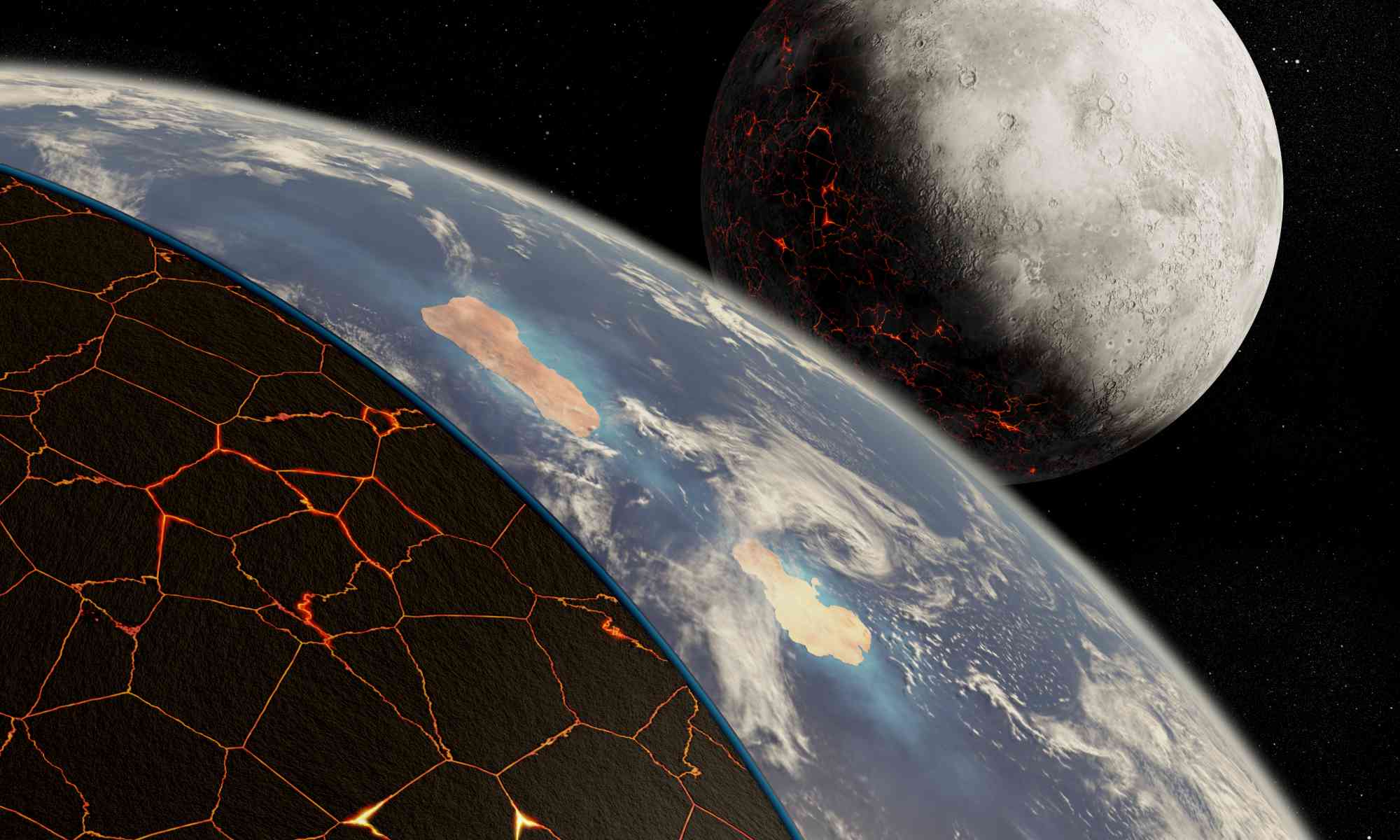Rochester astrophysicist Adam Frank explores the links between atmospheric oxygen and detecting extraterrestrial technology on distant planets.
In the quest to understand the potential for life beyond Earth, researchers are widening their search to encompass not only biological markers, but also technological ones. While astrobiologists have long recognized the importance of oxygen for life as we know it, oxygen could also be a key to unlocking advanced technology on a planetary scale.
In a new study published in Nature Astronomy, Adam Frank, the Helen F. and Fred H. Gowen Professor of Physics and Astronomy at the University of Rochester and the author of The Little Book of Aliens (Harper, 2023), and Amedeo Balbi, an associate professor of astronomy and astrophysics at the University of Roma Tor Vergata, Italy, outline the links between atmospheric oxygen and the potential rise of advanced technology on distant planets.
“We are ready to find signatures of life on alien worlds,” Frank says. “But how do the conditions on a planet tell us about the possibilities for intelligent, technology-producing life?”
“In our paper, we explore whether any atmospheric composition would be compatible with the presence of advanced technology,” Balbi says. “We found that the atmospheric requirements may be quite stringent.”
Igniting cosmic technospheres
Frank and Balbi posit that, beyond its necessity for respiration and metabolism in multicellular organisms, oxygen is crucial to developing fire—and fire is a hallmark of a technological civilization. They delve into the concept of “technospheres,” expansive realms of advanced technology that emit telltale signs—called “technosignatures”—of extraterrestrial intelligence.
On Earth, the development of technology demanded easy access to open-air combustion—the process at the heart of fire, in which something is burned by combining a fuel and an oxidant, usually oxygen. Whether it’s cooking, forging metals for structures, crafting materials for homes, or harnessing energy through burning fuels, combustion has been the driving force behind industrial societies.
Tracing back through Earth’s history, the researchers found that the controlled use of fire and the subsequent metallurgical advancements were only possible when oxygen levels in the atmosphere reached or exceeded 18 percent. This means that only planets with significant oxygen concentrations will be capable of developing advanced technospheres, and, therefore, leaving detectable technosignatures.
The oxygen bottleneck
The levels of oxygen required to biologically sustain complex life and intelligence are not as high as the levels necessary for technology, so while a species might be able to emerge in a world without oxygen, it will not be able to become a technological species, according to the researchers.
“You might be able to get biology—you might even be able to get intelligent creatures—in a world that doesn’t have oxygen,” Frank says, “but without a ready source of fire, you’re never going to develop higher technology because higher technology requires fuel and melting.”
Enter the “oxygen bottleneck,” a term coined by the researchers to describe the critical threshold that separates worlds capable of fostering technological civilizations from those that fall short. That is, oxygen levels are a bottleneck that impedes the emergence of advanced technology.
“The presence of high degrees of oxygen in the atmosphere is like a bottleneck you have to get through in order to have a technological species,” Frank says. “You can have everything else work out, but if you don’t have oxygen in the atmosphere, you’re not going to have a technological species.”
Targeting extraterrestrial hotspots
The research, which addresses a previously unexplored facet in the cosmic pursuit of intelligent life, underscores the need to prioritize planets with high oxygen levels when searching for extraterrestrial technosignatures.
“Targeting planets with high oxygen levels should be prioritized because the presence or absence of high oxygen levels in exoplanet atmospheres could be a major clue in finding potential technosignatures,” Frank says.
“The implications of discovering intelligent, technological life on another planet would be huge,” adds Balbi. “Therefore, we need to be extremely cautious in interpreting possible detections. Our study suggests that we should be skeptical of potential technosignatures from a planet with insufficient atmospheric oxygen.”
This work was funded in part by a grant from NASA.





